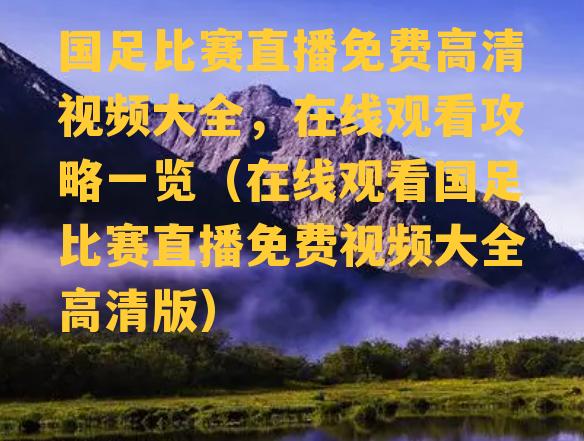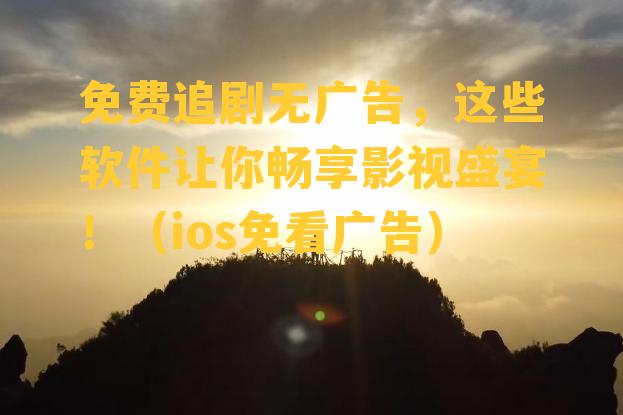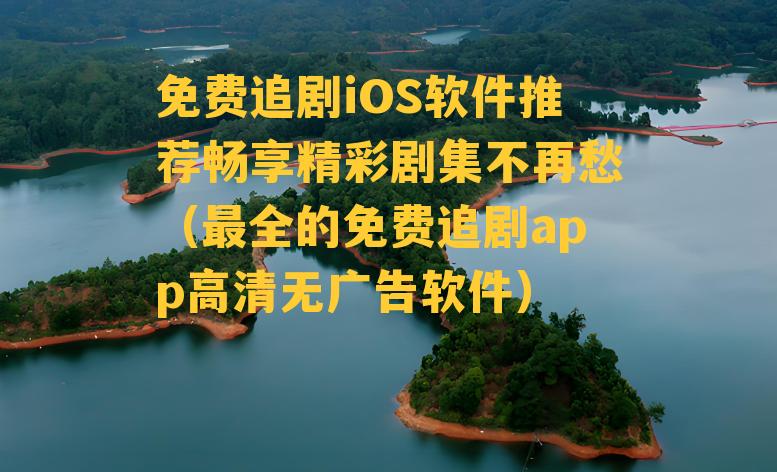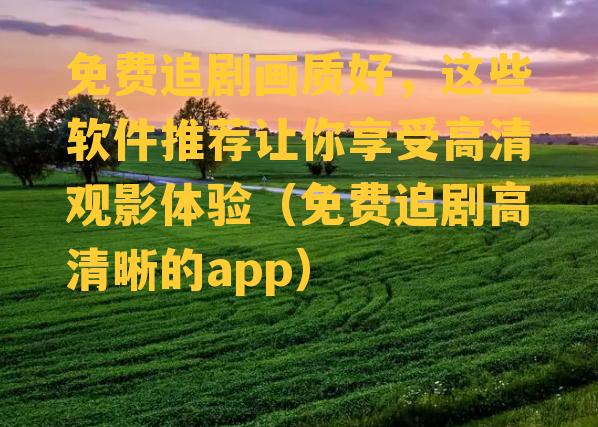英文版英文翻译(英文版在线翻译)
In the globalized world we live in today, the demand for accurate and reliable translations of English original works has never been greater. Whether you're an author looking to expand your readership, a publisher seeking to bring international content to your audience, or simply someone who appreciates the beauty of literature across languages, understanding the intricacies of English original translation is crucial. This article delves into the world of English original translation, providing insights into the process, challenges, and best practices.
**Understanding the Basics of English Original Translation**
Translation is not just about converting words from one language to another; it's about capturing the essence, tone, and cultural nuances of the original work. English original translation involves several key steps:
1. **Translation Planning**: Before delving into the translation process, it's essential to plan. This includes understanding the target audience, the purpose of the translation, and any specific requirements or style guidelines.
2. **Research and Analysis**: A translator must thoroughly research the original text, including the author's style, the historical and cultural context, and any specialized terminology.
3. **Translation**: This is the core process where the translator converts the English original into the target language, ensuring that the meaning, style, and tone are preserved.

4. **Editing and Proofreading**: After the initial translation, the text is edited and proofread to ensure grammatical accuracy, clarity, and consistency.
**Challenges in English Original Translation**
ghtforward task. Some of the challenges faced by translators include:
- **Language Differences**: English and other languages have different structures, idioms, and expressions, making it difficult to find equivalent phrases.
n cultural references, jokes, or idioms may not translate well and require creative solutions.
- **Literary Devices**: Translating complex literary devices like metaphors, allusions, or puns can be particularly challenging.
**Best Practices in English Original Translation**
To produce high-quality translations, translators should consider the following best practices:
- **Continuous Learning**: Stay updated with the latest language trends, idiomatic expressions, and cultural shifts.
- **Collaboration**: Work closely with subject matter experts and native speakers of the target language to ensure accuracy and cultural relevance.
n consistency and efficiency.
**Conclusion**
l and a deep understanding of both languages. Whether you're a translator, publisher, or reader, being aware of the process, challenges, and best practices can greatly enhance the quality of translations and the enjoyment of literary works across cultures.









